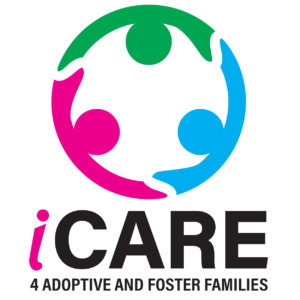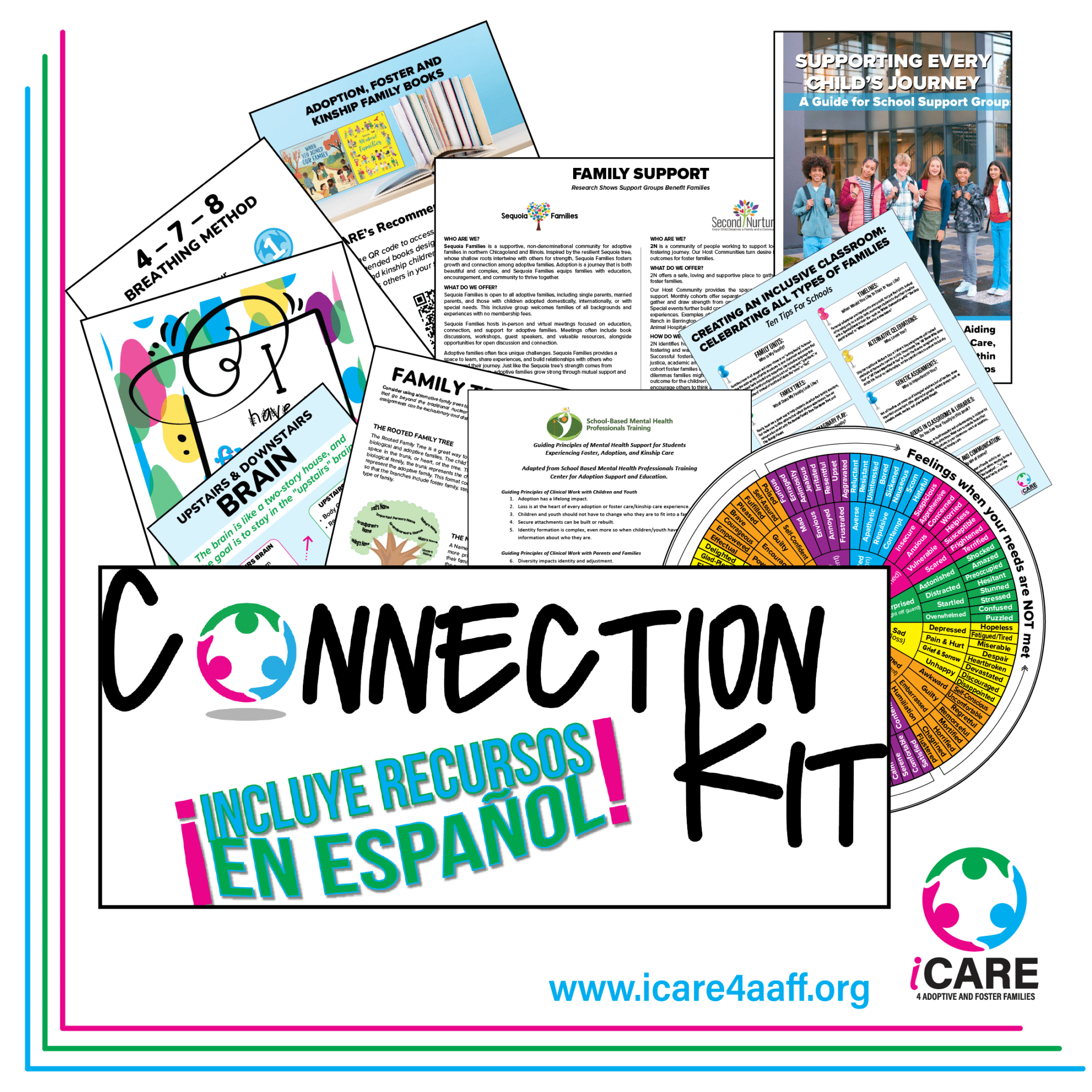Understanding Adoption Terminology: The Power of Language
Language shapes our understanding and perceptions, and in the context of adoption, it has a powerful impact on children, families, and the community. Adoption language reflects sensitivity and respect toward the unique stories and emotions involved, emphasizing that each child’s journey is important and valued. Terms like “birth family,” “permanency,” and “adoptive family” are more than words—they are expressions that honor the child’s full experience, helping them feel acknowledged and understood. Here’s why adoption language matters and how using positive and inclusive terminology can make a difference.

Why Language Matters in Adoption
For children who have been adopted, language can deeply affect how they see themselves, their families, and their adoption journey. Terms that validate every part of their identity foster an environment of respect and security. Positive adoption language avoids terminology that could cause misunderstanding, alienation, or shame, and instead focuses on phrases that affirm the child’s story. For example, using “birth parent” rather than “real parent” shows that both birth and adoptive families are recognized as integral parts of the child’s life, without implying that one family is more “real” than the other.
Key Terms in Adoption Language
- Birth Family – Using “birth family” (or “first family”) recognizes the importance of a child’s biological family without diminishing the role of their adoptive family. It allows children to feel connected to their roots, which is important for identity development.
- Adoptive Family – “Adoptive family” acknowledges that the child’s family came together through adoption, while still affirming the permanence and validity of that family.
- Permanency – This term is frequently used in adoption and foster care discussions. “Permanency” speaks to the goal of finding a stable, lifelong family for every child. It emphasizes stability and security, which are essential for children to thrive.
- Placed for Adoption– Instead of saying a child was “given up” for adoption, which can imply abandonment, the term “placed for adoption” recognizes the birth family’s decision in a neutral, non-judgmental way.
- Child in Foster Care – This language focuses on the child and avoids labels like “foster child,” which can inadvertently define the child by their circumstances rather than their individuality.
The Impact of Positive Adoption Language
Positive adoption language promotes inclusivity, helping to prevent misunderstandings and stereotypes about adoption. Inclusive terms are especially important in schools, healthcare settings, and social services, where professionals frequently interact with adoptive families. When educators, counselors, and social workers use respectful language, it reassures children that their story is understood and respected. For example, when school staff use terms like “birth parent” and avoid potentially harmful language like “real parent,” children feel more comfortable and accepted in their school environment.
Promoting Inclusivity through Words
By educating ourselves and others about positive adoption language, we foster a culture that respects each child’s story. Schools, workplaces, and organizations can include resources on adoption terminology to promote inclusivity. This November, during National Adoption Month, let’s commit to being mindful of our words and creating an environment where every child and family feels valued and seen.

